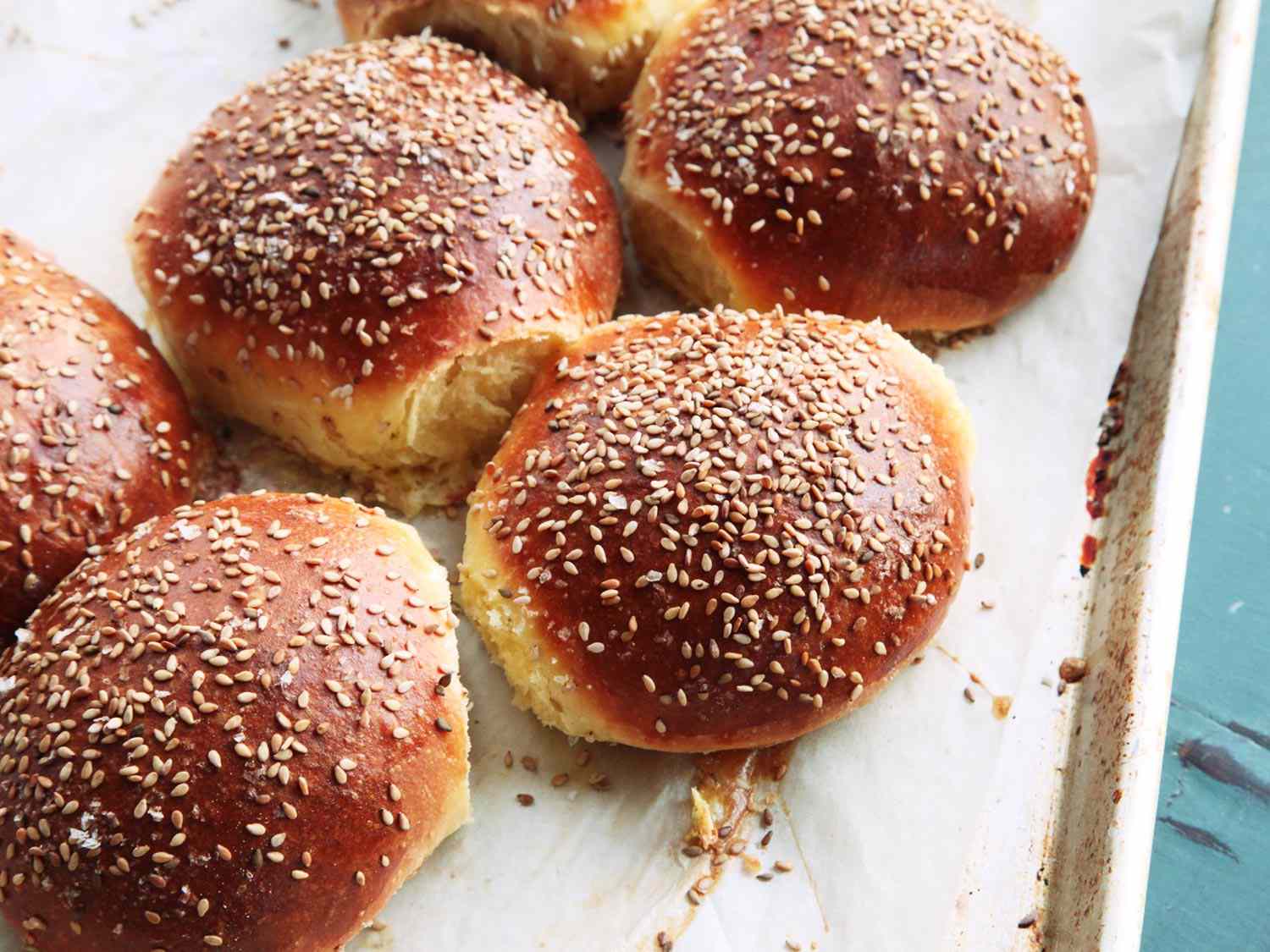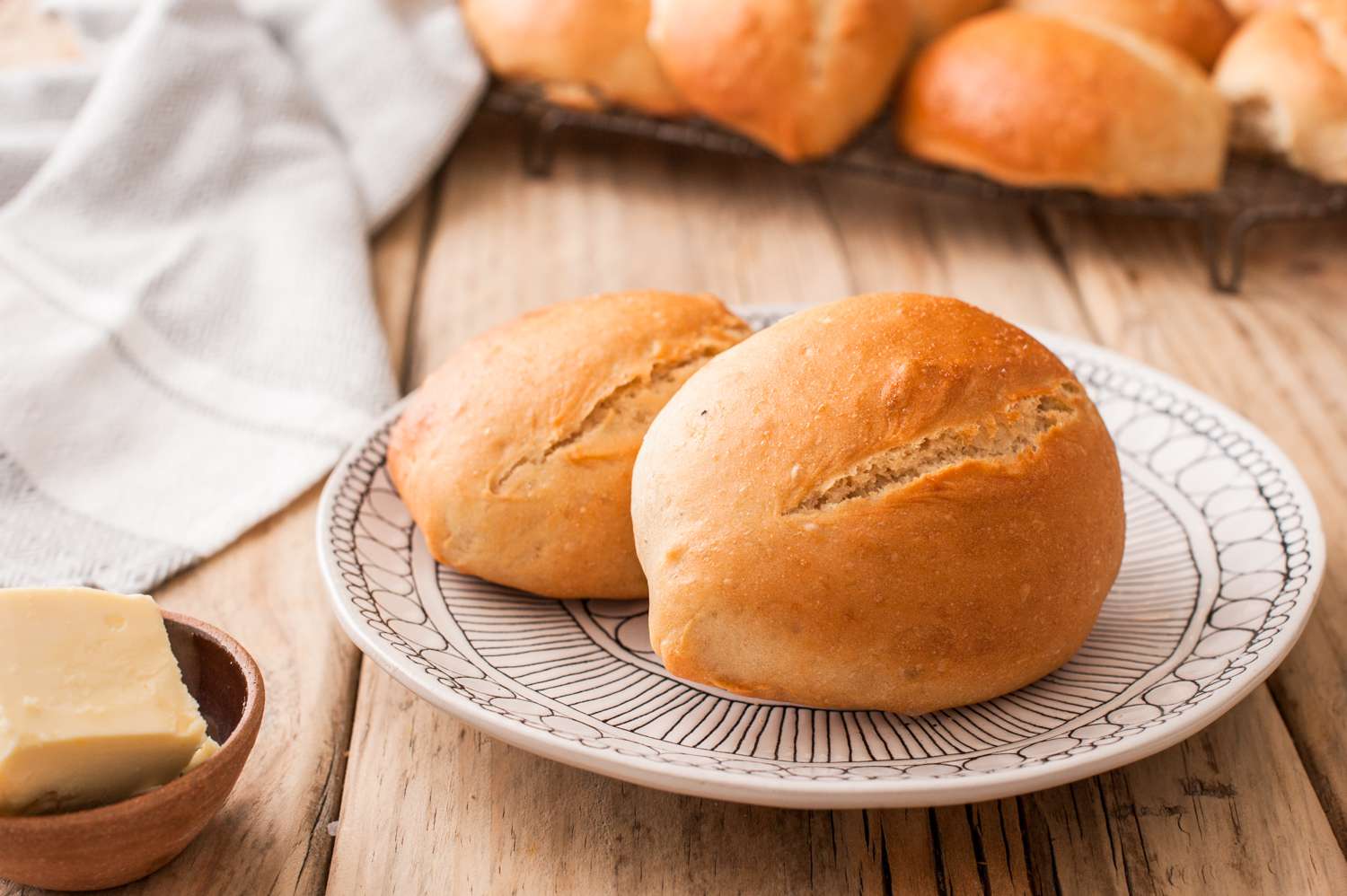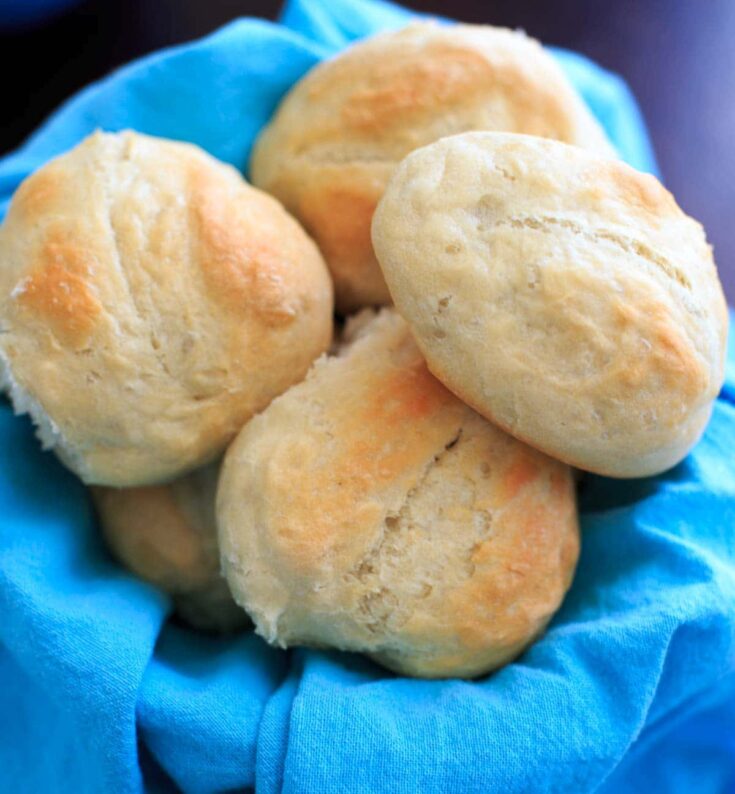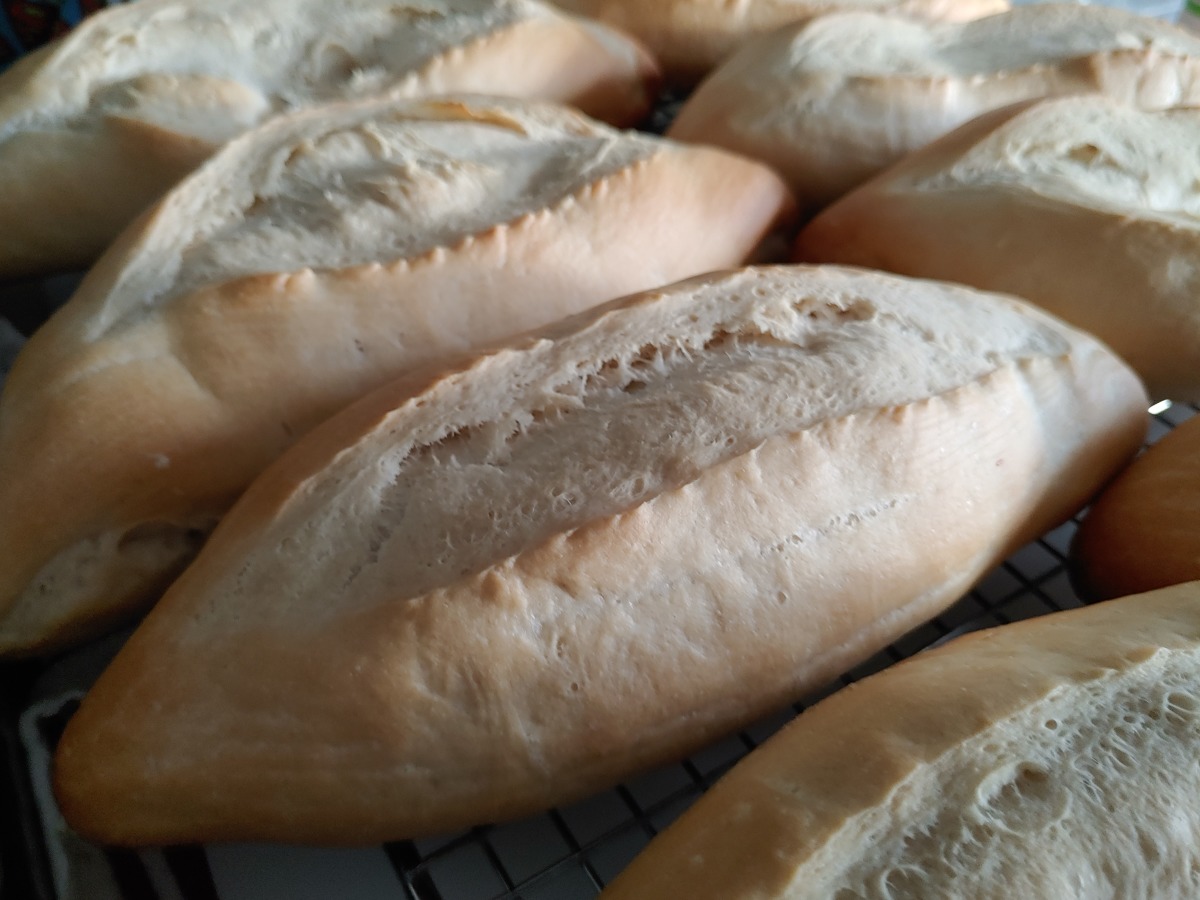Mexican bread rolls, known as pan dulce, are a cornerstone of Mexican cuisine. With their soft textures, vibrant decorations, and delectable sweetness, they’re a treat for both the taste buds and the eyes. This guide delves into the world of pan dulce, providing you with the knowledge and tools to create these delightful rolls at home.

Essential Ingredients for Pan Dulce Delights
To embark on your pan dulce baking journey, you’ll need these key ingredients:
- 4 cups (500 grams) bread flour: Bread flour provides the necessary gluten structure for a dough that rises beautifully and holds its shape.
- 1 packet (2 ¼ teaspoons or 7 grams) active dry yeast: Active dry yeast creates the leavening that helps the pan dulce rise.
- ¼ cup (50 grams) granulated sugar: This adds sweetness to the dough and contributes to a slightly golden brown crust after baking.
- 1 ½ teaspoons (7.5 grams) salt: Salt balances the sweetness and enhances the overall flavor profile.
- ½ cup (113 grams) lukewarm milk: Warm milk activates the yeast and creates a moist dough.
- ⅓ cup (75 grams) unsalted butter, softened: Softened butter adds richness, tenderness, and a slight flakiness to the pan dulce.
- 2 large eggs: Eggs bind the ingredients, contribute moisture, and add richness to the dough.
- Orange zest (optional): A tablespoon of grated orange zest adds a delightful citrusy aroma and flavor to the pan dulce.

Equipment Needed for Pan Dulce Baking Success
Having the right equipment on hand ensures a smooth baking experience:
- Large mixing bowl: A spacious bowl allows for comfortable mixing and kneading of the dough.
- Stand mixer (optional): While not essential, a stand mixer with a dough hook makes kneading the dough much easier.
- Measuring cups and spoons: Accurate measurements are crucial for successful baking.
- Rolling pin: This is used to roll out the dough for shaping certain pan dulce varieties.
- Pastry brush: A pastry brush simplifies brushing the rolls with egg wash or melted butter before baking.
- Baking sheet: A sturdy baking sheet ensures even heat distribution during baking.
- Parchment paper (optional): Lining the baking sheet with parchment paper prevents sticking and makes cleanup easier.

Basic Pan Dulce Dough: The Foundation for Sweet Creations
-
Activating the Yeast: In a small bowl, combine warm milk with a pinch of sugar and the yeast. Let it sit for 5-10 minutes until foamy. This activates the yeast and ensures it’s alive and ready to work its magic.
-
Dry Ingredients First: In your large mixing bowl, whisk together the bread flour, salt, and orange zest (if using). This incorporates air and evenly distributes the dry ingredients.
-
Wet Ingredients Join the Party: Add the softened butter, eggs, and activated yeast mixture to the dry ingredients.
-
Mixing and Kneading: Using your hands or a stand mixer with a dough hook, begin mixing the wet and dry ingredients until a shaggy dough forms.
-
Kneading for Smoothness: Transfer the dough to a lightly floured surface and knead for 8-10 minutes. The dough will initially be sticky but will become smoother and more elastic with kneading. You can test for readiness by gently pulling a small piece of dough – if it stretches thin without tearing, it’s kneaded enough.
-
The First Rise: Lightly grease your large mixing bowl. Place the kneaded dough in the bowl, turning it once to coat it with oil. Cover the bowl with plastic wrap and place it in a warm, draft-free spot for the first rise. The dough should double in size, which takes about 1-2 hours.

Shaping Pan Dulce: From Dough to Delightful Forms
Pan dulce comes in a wide variety of shapes and sizes, each with its own unique name:
- Conchas: These iconic rolls are shaped like seashells (concha) and typically topped with a crisscross pattern made from a sweet dough flavored with cinnamon or chocolate.
- Shaping Conchas: Pinch off a piece of dough and roll it into a smooth ball. Gently flatten the ball into a slightly oval shape. Using your thumb, make a deep indentation down the center of the long side. Shape two smaller balls of dough and roll them into short logs. Pinch the ends of the logs together and place them over the indentation, forming the “shell” design.
-
- Orejas (Ears): These crescent-shaped rolls resemble ears (orejas) and are often dusted with powdered sugar after baking.
- Shaping Orejas: Pinch off a piece of dough and roll it into a rope-like shape, tapering the ends slightly. Gently curve the rope into a crescent shape, resembling an ear.
- Bolillos: These long, slender rolls are similar to baguettes and are perfect for sandwiches or dipping in coffee.
- Shaping Bolillos: Divide the dough into equal portions. Roll each portion into a long, rope-like shape with tapered ends.

Sweetenings and Flavorings: Enhancing the Pan Dulce Experience
Sweetness is a defining characteristic of pan dulce. Here’s how to incorporate it:
- Granulated Sugar: The basic dough recipe includes granulated sugar for a subtle sweetness.
- Brown Sugar: Using brown sugar adds a richer and deeper molasses flavor to the pan dulce.
- Honey: Honey adds a touch of sweetness along with a unique floral aroma.
Flavorings play a vital role in elevating pan dulce beyond mere sweetness:
- Cinnamon: This warm spice is a classic pairing with pan dulce, often used in fillings or toppings.
- Vanilla Extract: Vanilla extract adds a touch of sweetness and a delicate floral aroma.
- Orange Zest: The grated zest of an orange infuses the pan dulce with a bright citrusy flavor and aroma.
Decorating Pan Dulce: A Visual Feast for the Eyes
Decoration is not just about aesthetics; it adds a layer of tradition and cultural significance:
- Egg Wash: Brushing the rolls with an egg wash before baking creates a beautiful golden brown color and a shiny glaze.
- Sprinkles: Colorful sprinkles add a playful touch and are popular for pan dulce enjoyed by children.
- Sugar Crystals: Coarse sugar crystals add a delightful crunch and a sparkly appearance.
Traditional pan dulce decorations often hold symbolic meanings:
- Canela (Cinnamon): Represents warmth, comfort, and home.
- Ajonjolí (Sesame Seeds): Symbolize abundance and good fortune.
- Atado de Rejas (Lattice): Represents the sun’s rays or woven baskets, symbolizing bounty and harvest.

Baking Pan Dulce: Achieving Golden Perfection
-
Preheat the Oven: Ensure your oven is preheated to the temperature specified in your chosen pan dulce recipe, typically around 350°F (175°C). This ensures even baking and a beautiful rise.
-
Second Rise (optional): For some pan dulce shapes, like conchas, a brief second rise after shaping allows the dough to relax and puff up slightly before baking. Cover the shaped rolls loosely with plastic wrap and let them rise for 20-30 minutes.
-
Brushing for Beauty: Brush the tops of the shaped pan dulce with egg wash or melted butter (optional). This creates a golden brown color and a shiny glaze.
-
Baking Time: Bake the pan dulce according to the recipe instructions, typically for 15-20 minutes, or until golden brown on top. Keep an eye on them during the last few minutes to ensure they don’t overbake.
Cooling and Enjoying Your Homemade Pan Dulce
-
A Moment of Rest: Once baked, remove the pan dulce from the oven and transfer them to a wire rack to cool slightly. This allows the interior to finish cooking without becoming soggy.
-
Serving Up Sweetness: Pan dulce is traditionally enjoyed at breakfast or as an afternoon snack, often paired with a cup of coffee or hot chocolate.
-
Get Creative with Fillings and Toppings: Experiment with different fillings for a delightful surprise inside your pan dulce. Popular options include dulce de leche, cream cheese, or fruit jams. You can also drizzle them with honey, chocolate sauce, or a simple sugar glaze.
Variations and Customization Ideas
Pan dulce encompasses a vast array of regional specialties:
- Churros: These long, deep-fried pastries dusted with cinnamon sugar are a popular Mexican treat.
- Trenza (Braided Bread): This beautiful braided bread is often decorated with colorful sprinkles.
- ** hojaldras (Puff Pastries):** Flaky puff pastries filled with sweet or savory ingredients.
Embrace Personalization:
- Explore different flavors by adding ingredients like cocoa powder for chocolate pan dulce or chopped nuts for added texture.
- Get creative with decoration! Use colorful candies, chocolate chips, or even edible flowers to personalize your pan dulce.
